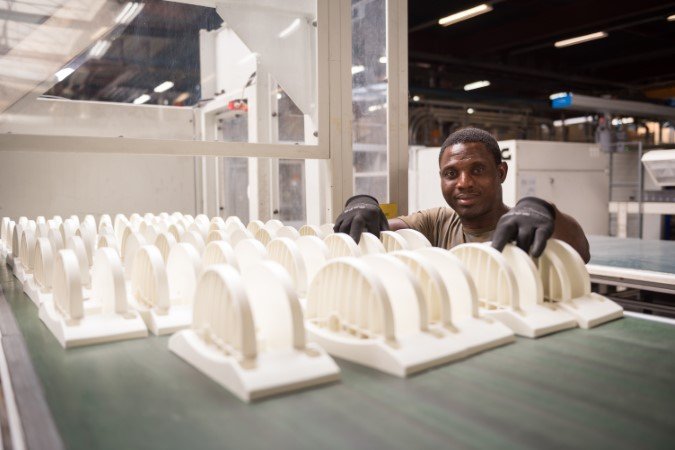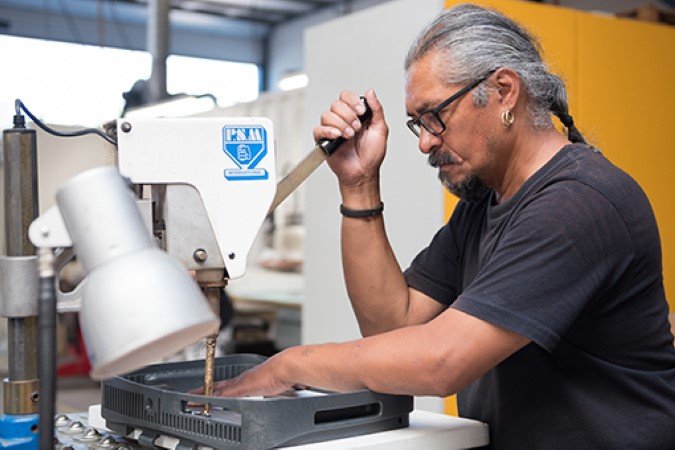Structural Foam Molding
Structural foam molding is an injection molding derived process that either adds a gas to the polymer to reduce its density or introduces blowing agents to achieve the same result. When the gas or blowing agent is added the plastic foams, hence the name. The end result is a lighter product that requires fewer post-production processes and less assembly.
Types of Structural Foam Molding
There are two main types of structural foam molding. The first type is known as the low-pressure process. During this process, a gas is added to the melted plastic before it enters the mould. Once the plastic is injected into the mould the gas causes it to foam.
The second type of foam molding uses ordinary injection molding machines but includes a blowing agent in the material mix. These blowing agents are dry chemicals that are added to the plastic granules before they enter the machine. When the plastic is melted by the machine’s heating elements the heat causes the blowing agent to react, turning into a gas and foaming the plastic.
The texture of the plastic these processes produce is often described as a sponge or honeycomb because of the small pockets of air that are created. The honeycomb centre is surrounded by a dense outer layer to ensure stability.
In some cases, the finish of a product created using structural foam molding is not acceptable as it creates a streaky surface. This can be remedied with extra filling or painting.
Structural Foam Molding Uses
Structural foam molding is a commonly used process that can create many useful products. The low-pressure version of structural foam molding is a more controlled process than standard injection molding. This allows larger pieces to be produced.
In addition, structural foam products have a high stiffness ratio that can be beneficial in many settings. What’s more, since structural foam products are coated with a strong outer skin, they remain strong, as well as flexible and lightweight.
Some common uses of structural foam are in the making of machine housings for businesses, components for point-of-sale displays, container pallets, and machine chassis components.
Structural Foam Molding Materials
Many different types of plastic can be used in the structural foam molding process. Each offers its own unique properties and characteristics. Commonly used plastics include the following:
- Acrylonitrile-Butadiene-Styrene ABS
- Polystyrene PS
- Polycarbonate PC
- Polypropylene PP
For more information about the types of plastics used in structural foam molding processes and injection molding see here.
Structural Foam Molding at Pekago
Here at Pekago, we offer structural foam molding services to our clients at our state-of-the-art facilities in the Netherlands. With more than three decades of experience in injection molding and structural foam molding, we’re experts are carrying out these precise, high-quality production processes.
Certified to the highest standards, we typically manufacture parts for the aviation, medical, industrial, and analysis sectors. We pride ourselves on having a highly-skilled and dedicated team of engineers and machine operators who are able to accommodate the needs of all our clients.
Contact us today to find out more about the molding services we offer and to discuss the requirements of your project.











